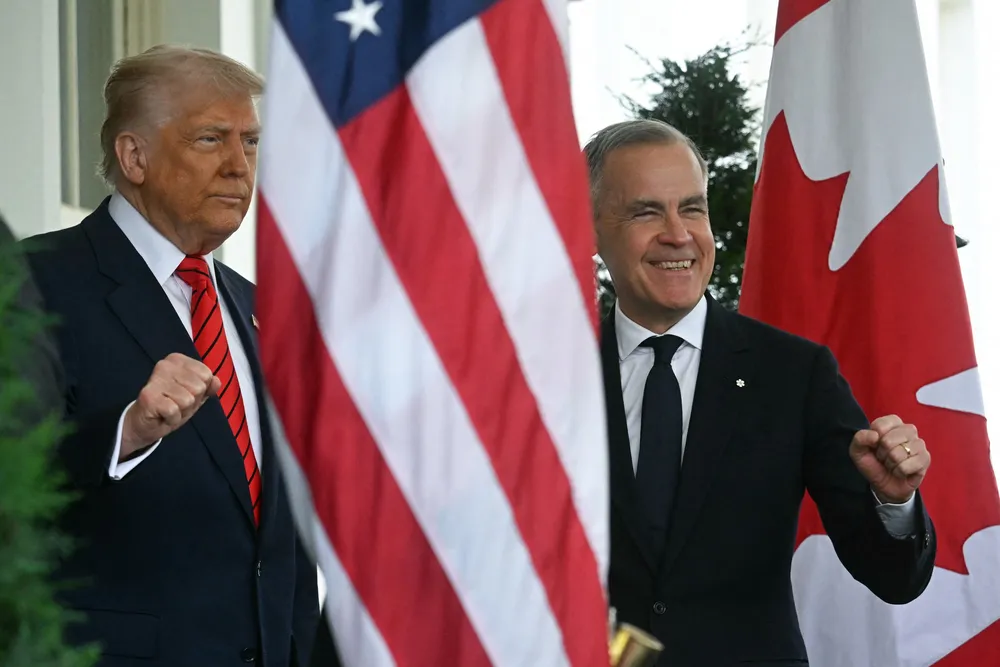Canada launches offshore wind tender on dashed US hopes
Nation sees 'golden opportunity' to leverage existing assets and workers on American arrays for 40GW industry

Canada has opened up its first offshore wind solicitation with a call for information and prequalification phase, setting up a major new market in North America as the US collapses.
The Canada-Nova Scotia Offshore Energy Regulator (CNSOER), a joint effort by the federal and provincial governments, issued the call Thursday for stakeholder feedback, initiating the process for some 5GW of capacity by 2030.
Calls for proposals are expected to be issued early next year.
Offshore wind development furthers Prime Minister Mark Carney's goal to transform Canada into an “energy superpower”.
The move positions Canada as the new industry hope for North America with the collapse of the US.
President Donald Trump’s war on wind has all but stopped industry progress in Canada’s southern neighbour, where the former 30GW by 2030 goal has turned into a 6GW reality, and that assumes projects in mid-construction will continue.
Trump has already issued stop-work orders against Equinor’s Empire Wind and Orsted’s Revolution Wind, both in offshore construction, although both projects eventually resumed after costly pauses.
Some 13GW of approved US capacity and many gigawatts more in development re currently on hold amid Trump’s onslaught, with developers waiting it out for the next three and half years in the hopes of a friendlier future administration.
Sorensen notes that capital and human resources are “somewhat stranded in nearby northeastern US with less to do than before as most projects are put on hold, but which still need to maintain their presence in the region,” Sorensen added.
These could be sent northwards to develop the budding market.
As ever, Canada’s big challenge “is how to get the power to somewhere with enough demand to offtake power from multiple GWs of offshore wind.”
Scarce demand
The two Atlantic provinces spotlighted for offshore development – Nova Scotia and Newfoundland & Labrador – have only around 1.5 million residents combined and low power demand. Nova Scotia's 40GW target would generate nearly 30% of Canada's entire power demand.
Canada is also discussing several major transmission lines to feed offshore wind electricity to western provinces, or to use it locally to power to potential data centres or green hydrogen production.
“But unless there is a big data center boom or the green hydrogen plans in the province take off, it’s hard to see multiple GWs offshore wind built in Nova Scotia without at least one large transmission project being realized and enabling export,” said Sorensen.
(Copyright)